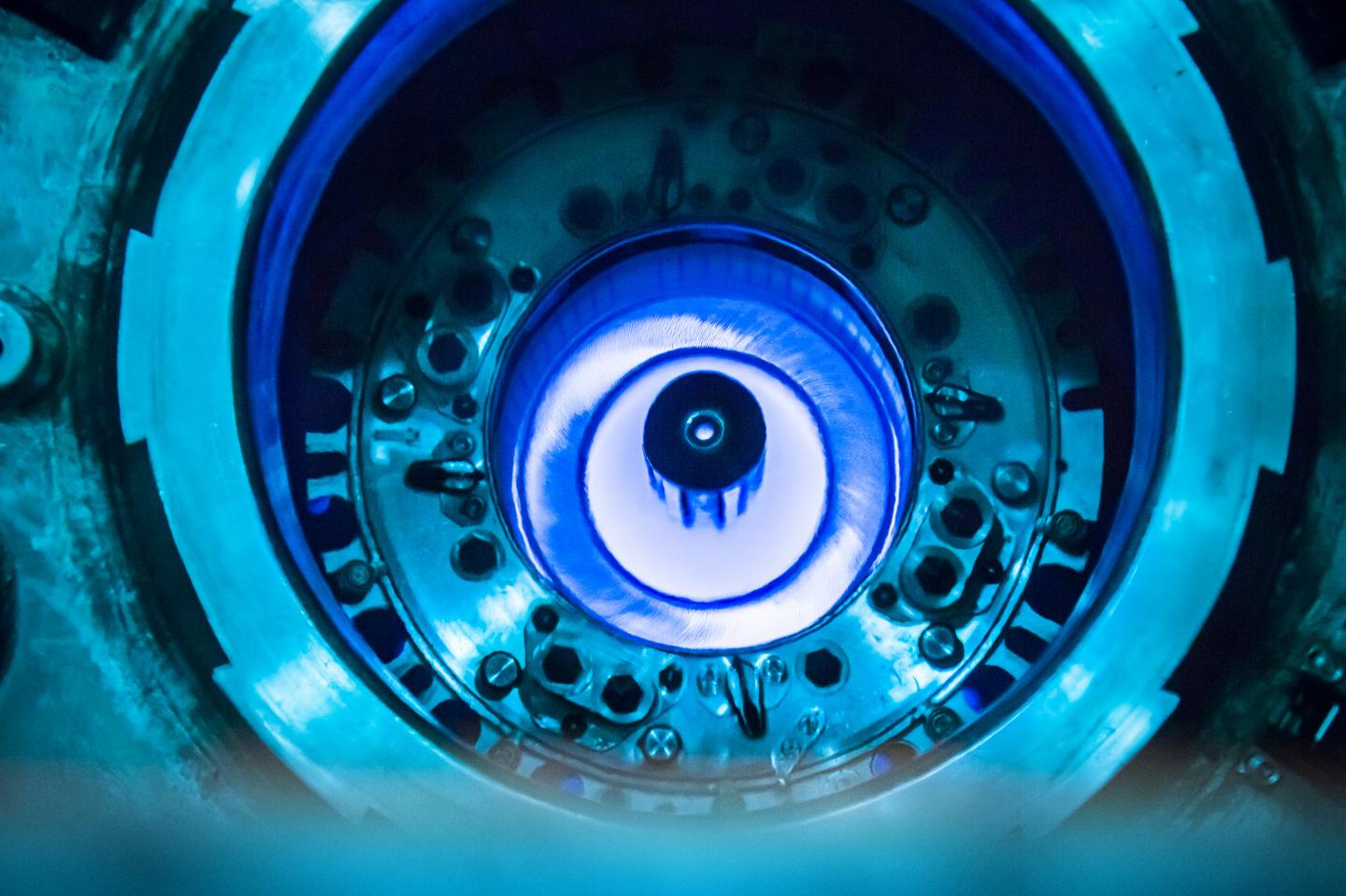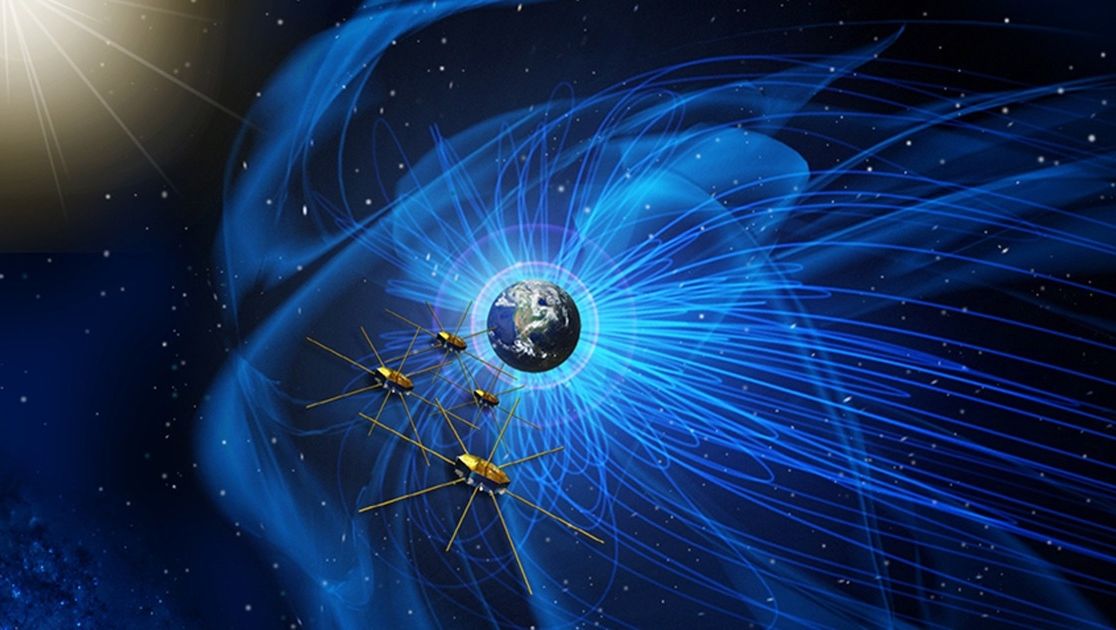Jul 25, 2016
Making Jupiter into a Star
Posted by Andreas Matt in categories: alien life, entertainment, nuclear energy
Interesting…
The SETI concepts now called ‘Dysonian’ are to my mind some of the most exhilarating ideas in the field. Dysonian SETI gets its name from the ‘Dyson spheres’ and ‘Dyson swarms’ analyzed by Freeman Dyson in a 1960 paper. This is a technology that an advanced civilization might use to harvest the energy of its star. You can see how this plays off Nikolai Kardashev’s classification of civilizations; Kardashev suggested that energy use is a way to describe civilizations at the broadest level. A Type II society is one that can use all the energy of its star.
In the film 2010, director Peter Hyams’ 1984 adaptation of Arthur C. Clarke’s novel 2010: Odyssey Two (Del Rey, 1982), we see an instance of this kind of technology at work, though it has nothing to do with a Dyson sphere. In the film, a dark patch appearing on Jupiter signals the onset of what Martyn Fogg has called ‘stellification,’ the conversion of a gas giant into a small star. Rapidly replicating von Neumann machines — the famous monoliths — increase Jupiter’s density enroute to triggering nuclear fusion.


















